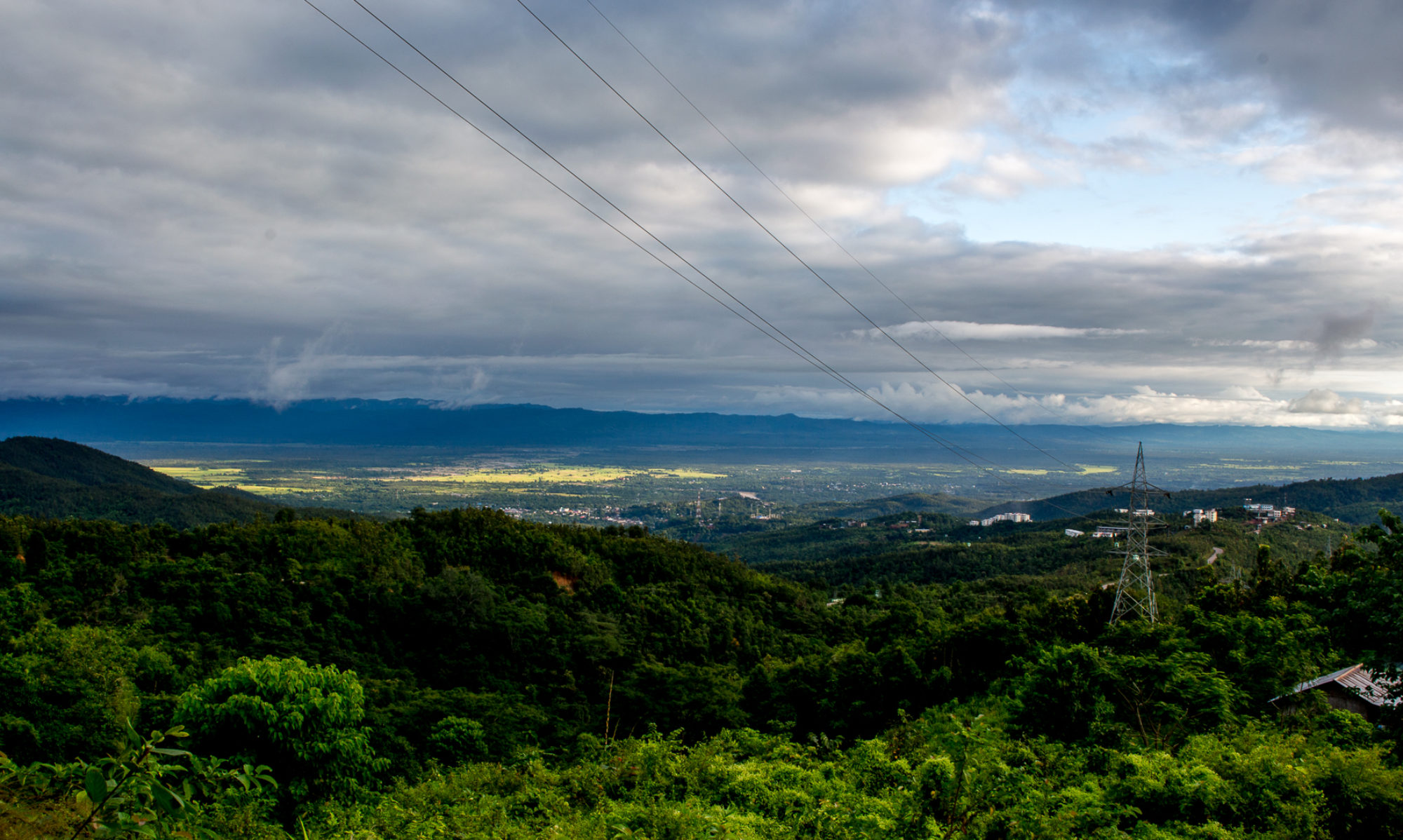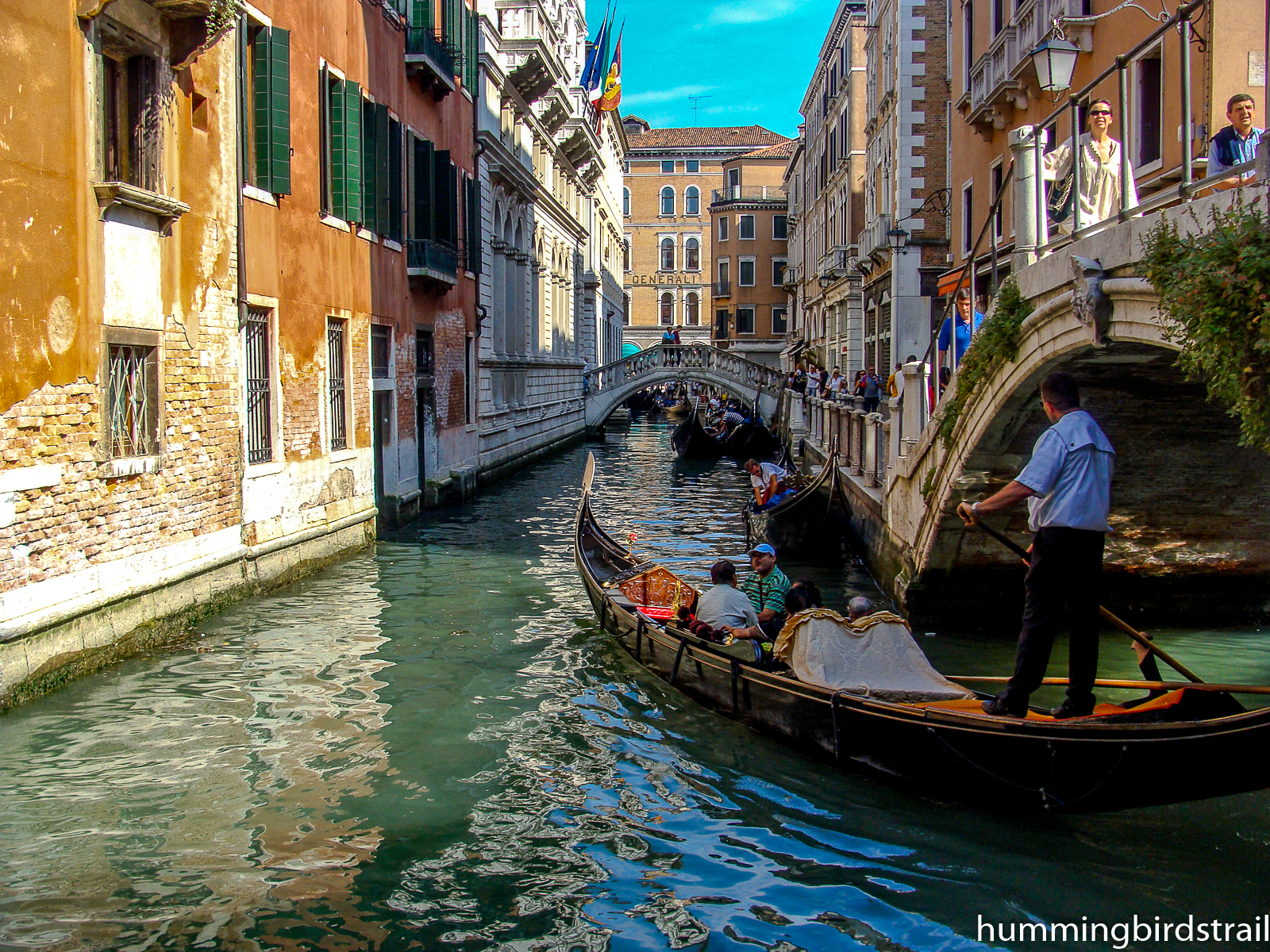Oh Venice! Venice! When thy marble walls
are level with the waters, there shall be
a cry of nations o’er thy sunken halls,
a loud lament along the sweeping sea!
If I, a northern wanderer, weep for thee………–Lord Byron
The ferry ploughed through the green stretch of the Adriatic Sea, as we furthered away from Piazzale Roma, where we had dreamily disembarked from our bus that had brought us there from Tyrol in Austria.
“These sands are often covered in snow during winters”, a shopkeeper told us, as we stood sifting through the quintessential Venetian masks, waiting for our ferry. Now, even as we approached this dream destination for millions, steeped in romanticism, our attention was drawn to a beautiful white Palladian façade and a large tower capped with a pyramidal spire.
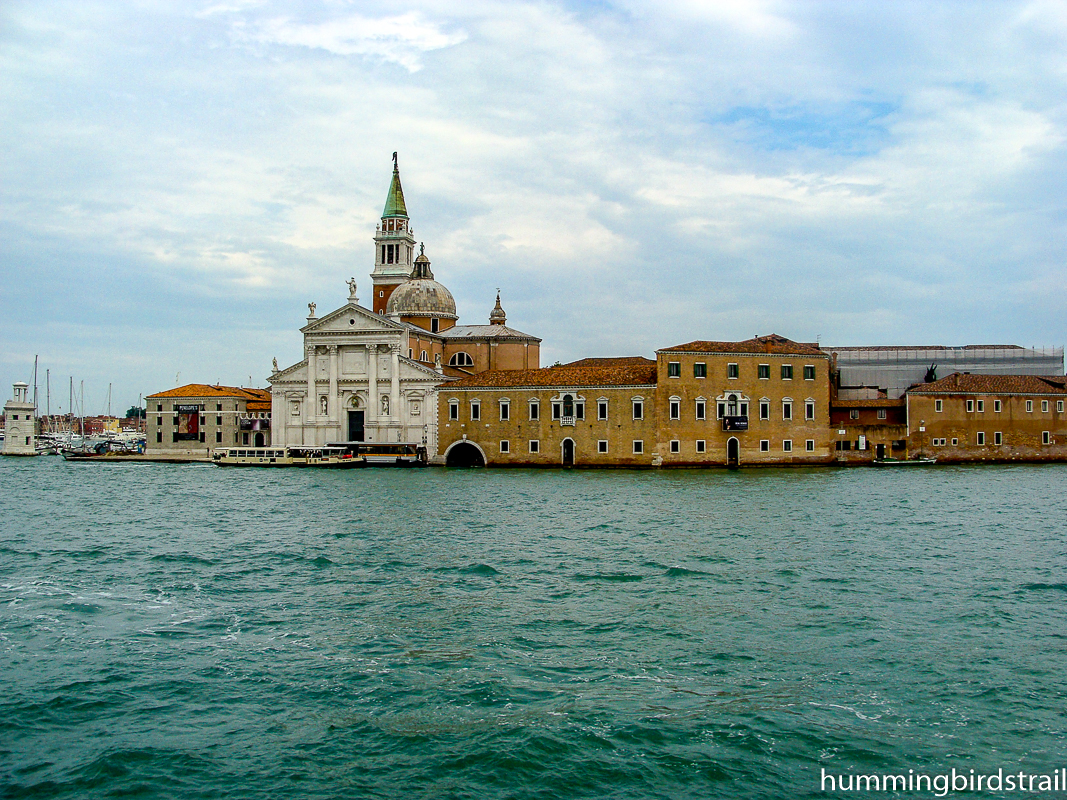
That was the Church of San Giorgio Maggiore, a sixteenth century Benedictine Church; we later came to know, and that façade is the most raved about creation of Venetian Architect Andrea Palladio whose greatness motivated the world to call this specific type of architecture after him, i.e. Palladian Architecture.
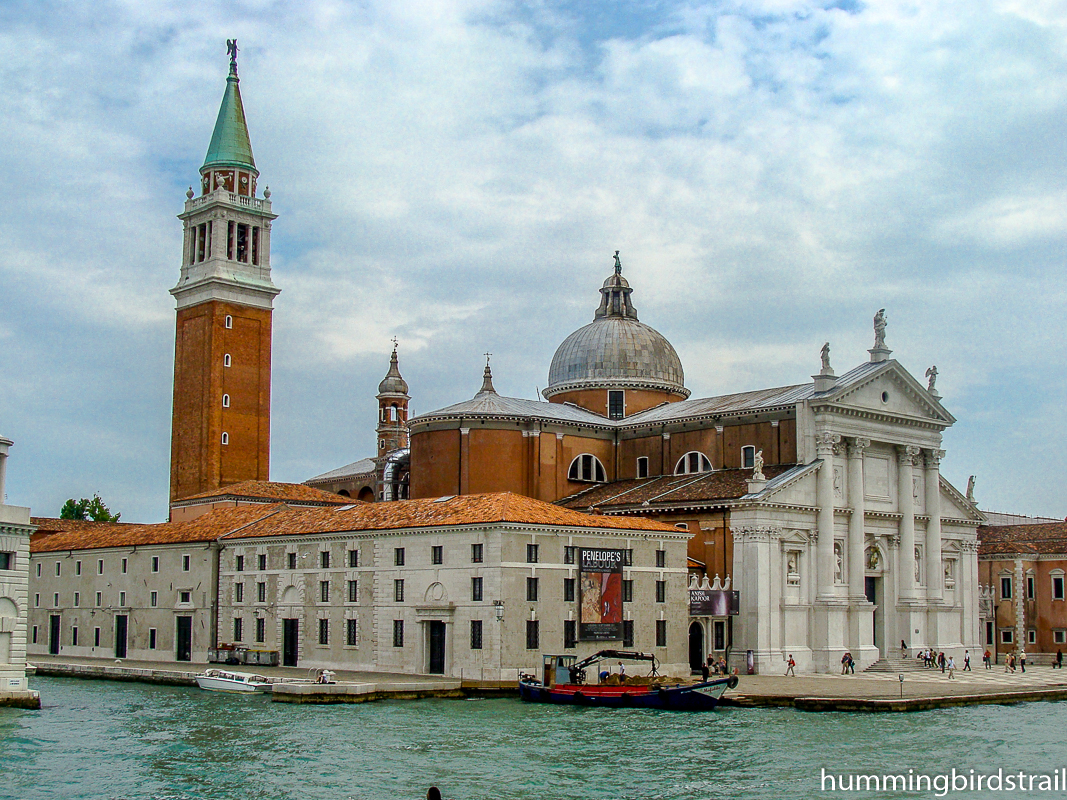
As our ferry inched into the jetty, the sun caught a glint on the golden weathervane of Archangel Gabriel perched atop the Bell Tower, also called St. Mark’s Campanile.
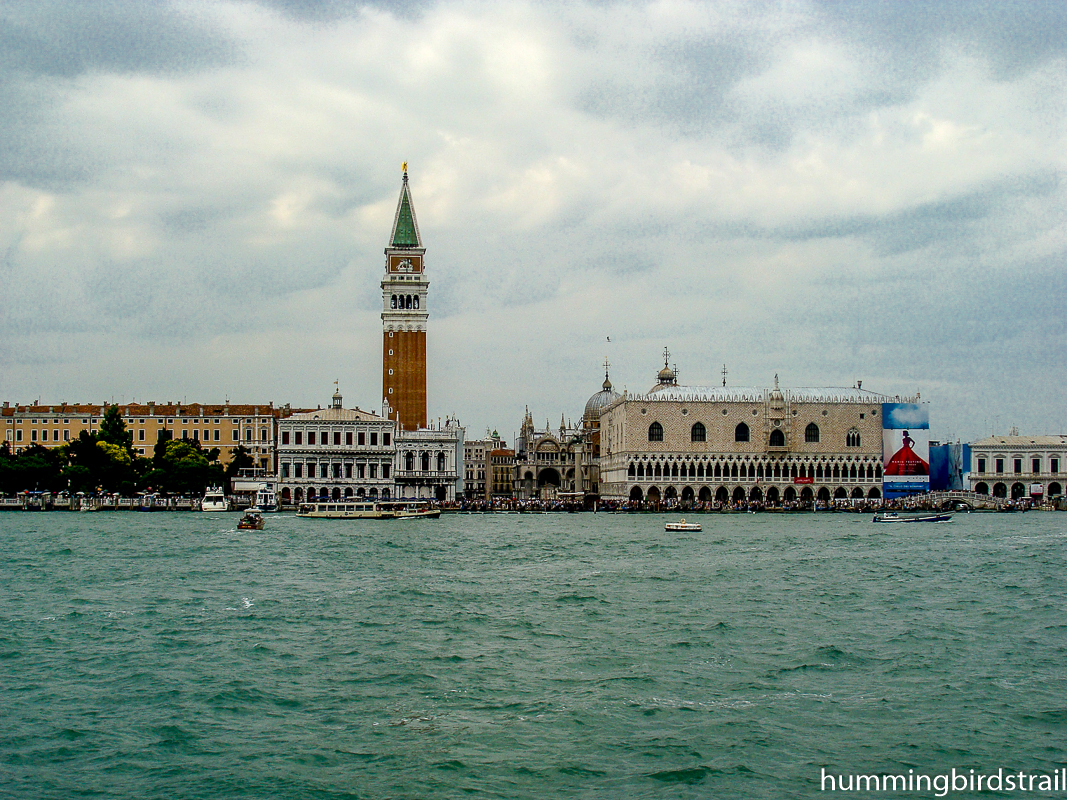
It was a weird mixture of a climactic and rapturous happiness; now that we’d touched this place in reality!!
Ahead us lay the iconic St. Mark’s Square, and to our right, were rows of souvenir shops selling masks, bags, hats, and a plethora of other paraphernalia. Masks have been an important feature of the Venetian Carnival.
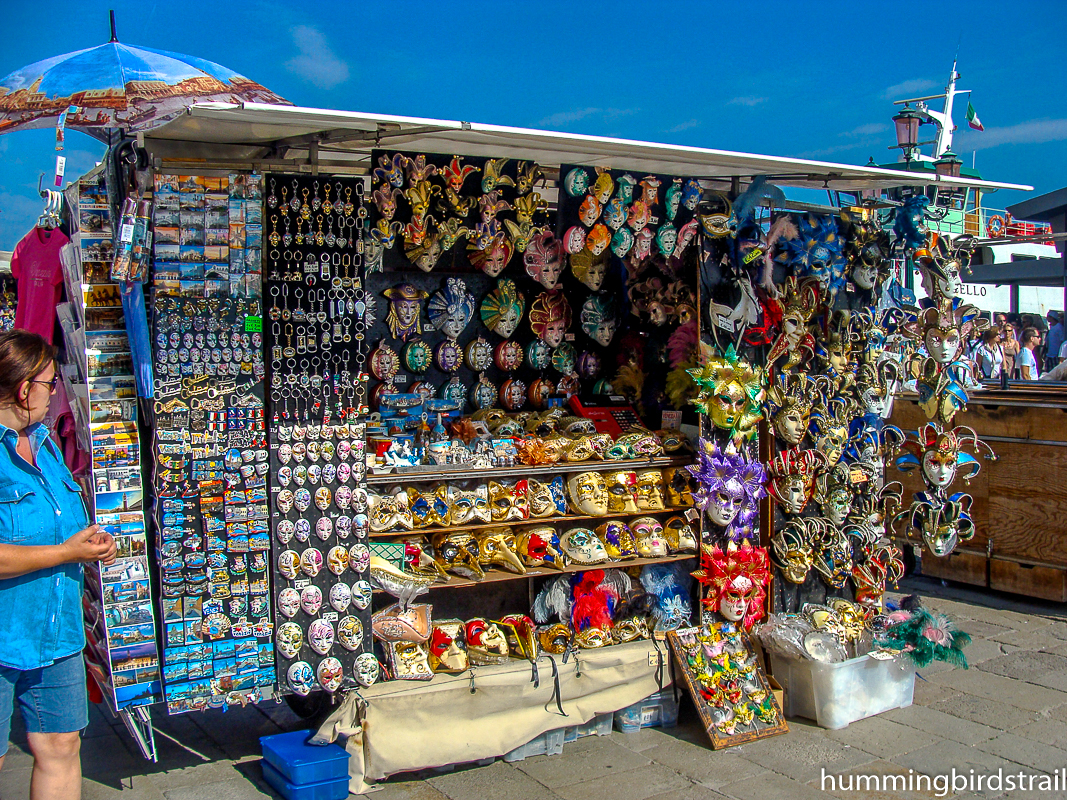
It’s an interesting tradition, when participants wearing masks take part in the parade, held between St. Stephen’s Day and Shrove Tuesday, i.e. during the months from January to March. This tradition has been in place since thirteen century, historians say; and the paraders, during this festival, throw egg shells filled with rose water on each other.
St. Mark’s Square is every inch a writer’s dream and a lover’s aspiration. It’s as if all the beauty of the world somehow converged right there; marvellous architecture on one hand, piazzas full of hanging flowery shrubs, adorning the fronts of traditional quaint little eateries, beautiful music emanating from some nearby party, and a whole lot of history behind us…..
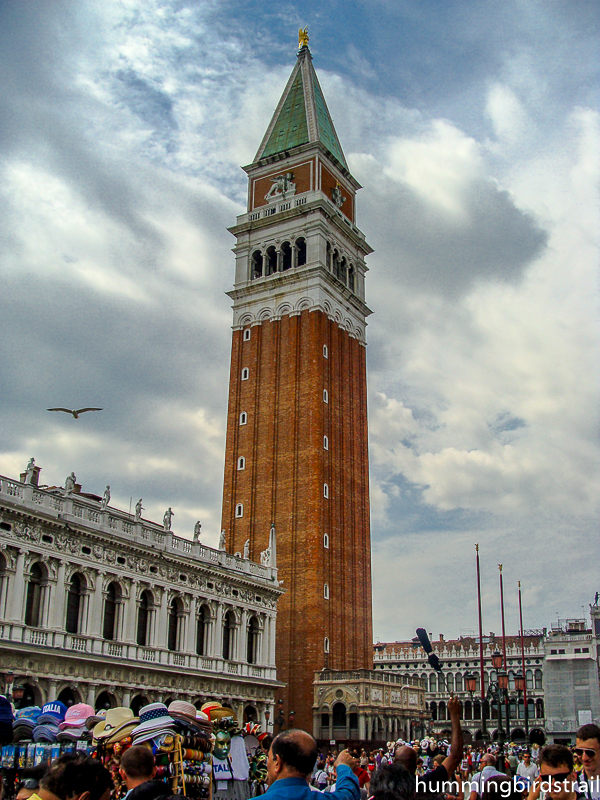
We suddenly found a limousine arriving by ferry and a whole lot of giggly women spilling out of it, followed by a portly middle-aged man. A murmur made rounds around us that he was part of a powerful family of Mafioso, and it was his birthday. So, he’d brought around his girlfriends for a fun evening to Venice, and that they were offering free champagne to everyone, out there in some diner. It was an amazing experience for us, though we didn’t have his champagne!
Our next stop was at the Murano Glass Factory, where we watched goggle-eyed like year-old-children, as the demonstrator effortlessly spun out magic from molten glass, right in front of our eyes. One moment it was a colourless colloidal blob, and there it stood before us, as a veritable yellow and orange stallion perched on its beautiful stand, in a matter of minutes.
As we emerged out of the shop, it was like we were out into a new world again; rows upon rows of Gondolas waiting for tourists, who cared to pay eighty Euros per head, for an hour-long trip that would take them around; under the famous bridges, and to the Grand Canal, the most photographed and famous part of Venice. We ran on a tight schedule and we regrettably missed out riding the Gondolas.
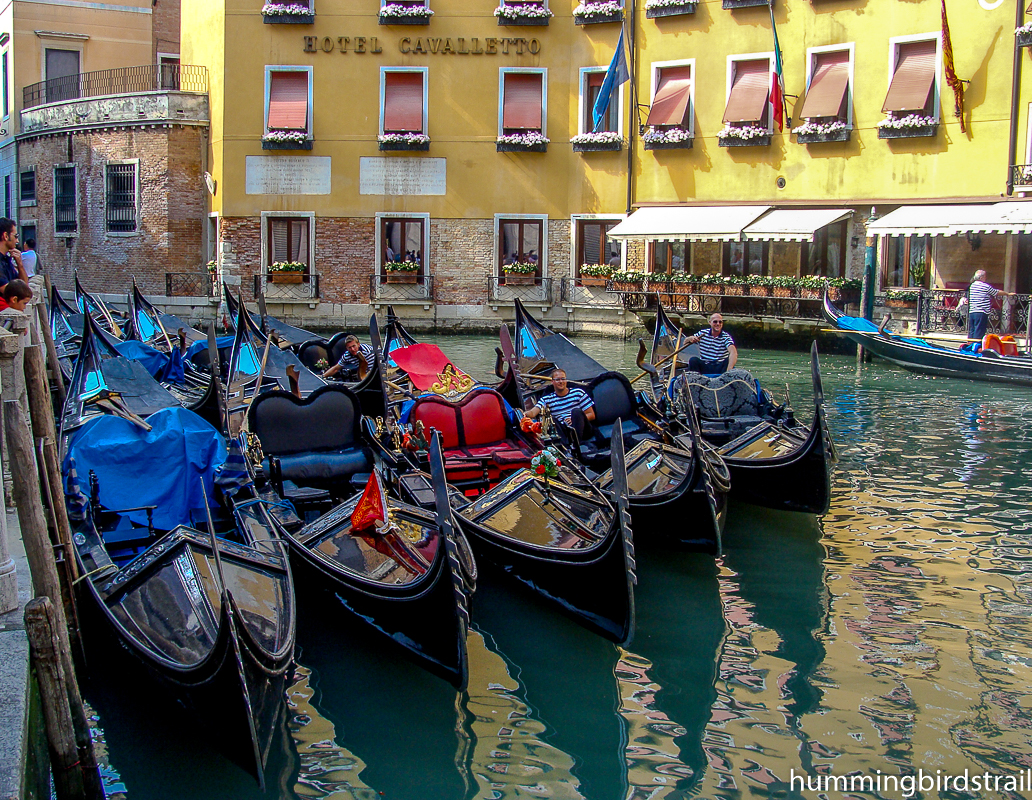
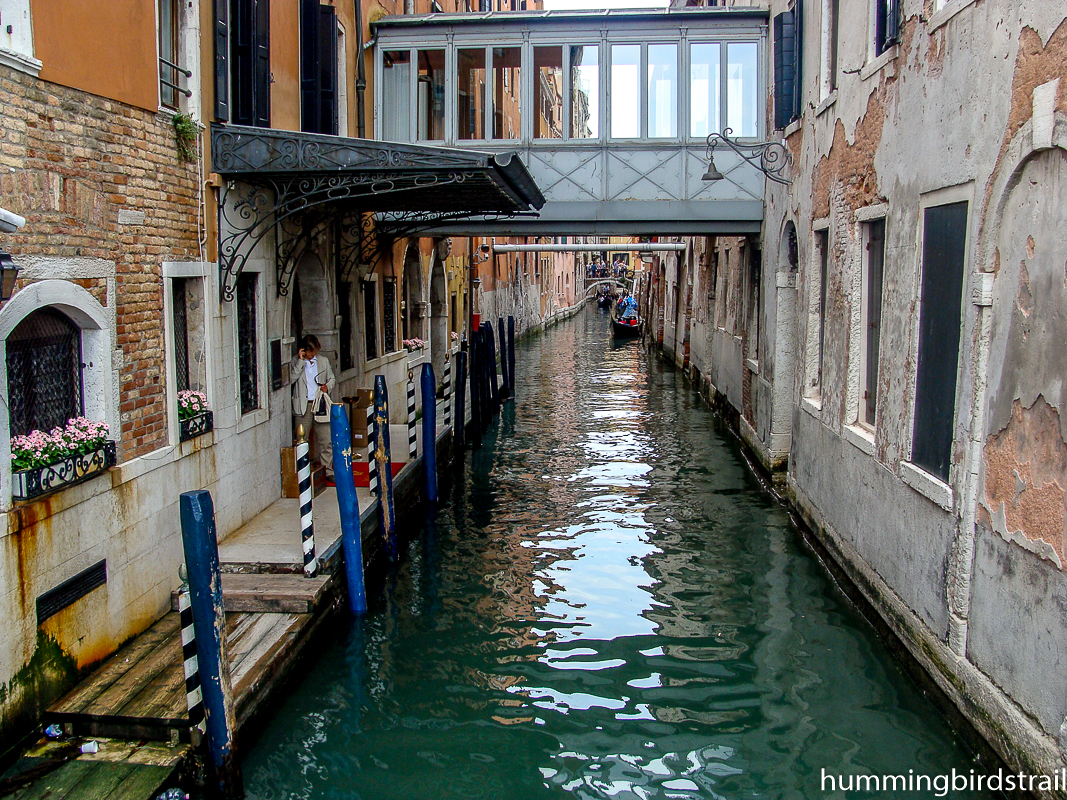
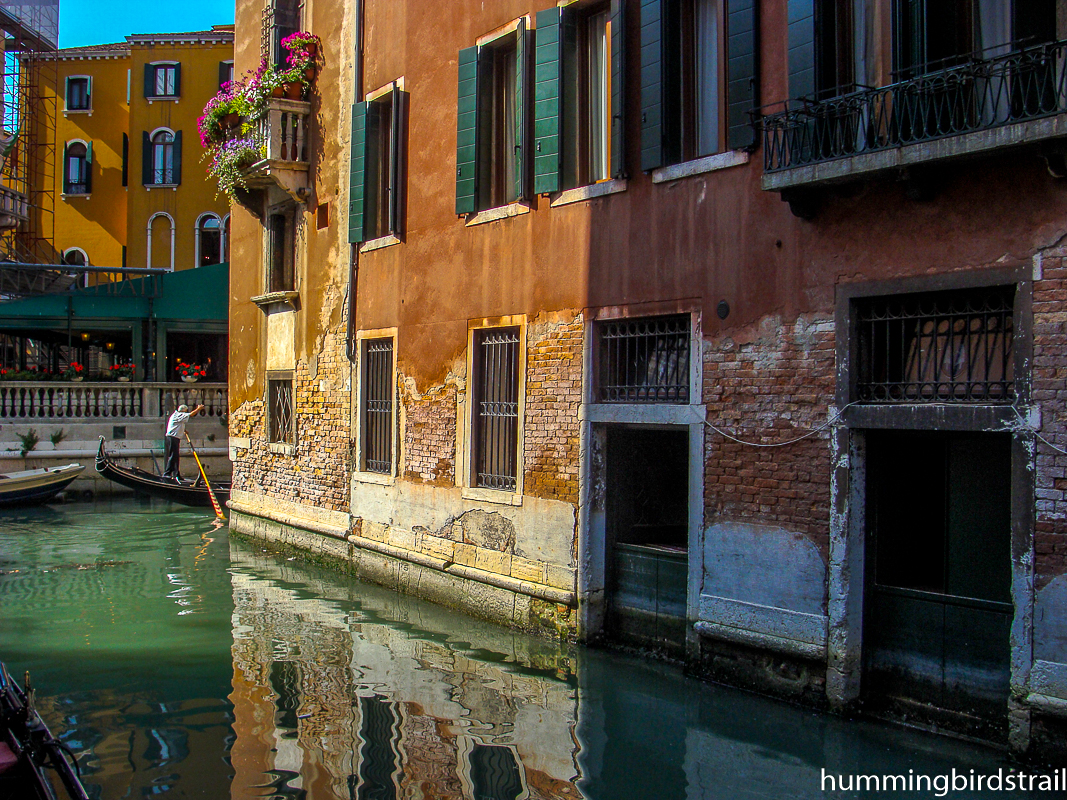
St. Mark’s Square is lined on three sides with arcades running fashionable shops and a number of coffee shops. The open side is crowned with beautiful mosaic architecture, having exotic curves adorned with stone filigree at the St. Mark’s Basilica that gloriously stands; a symbol of Italo-Byzantine architecture. It also serves for the Roman Catholic Archdiocese (district for which an Archbishop is responsible) of Venice.
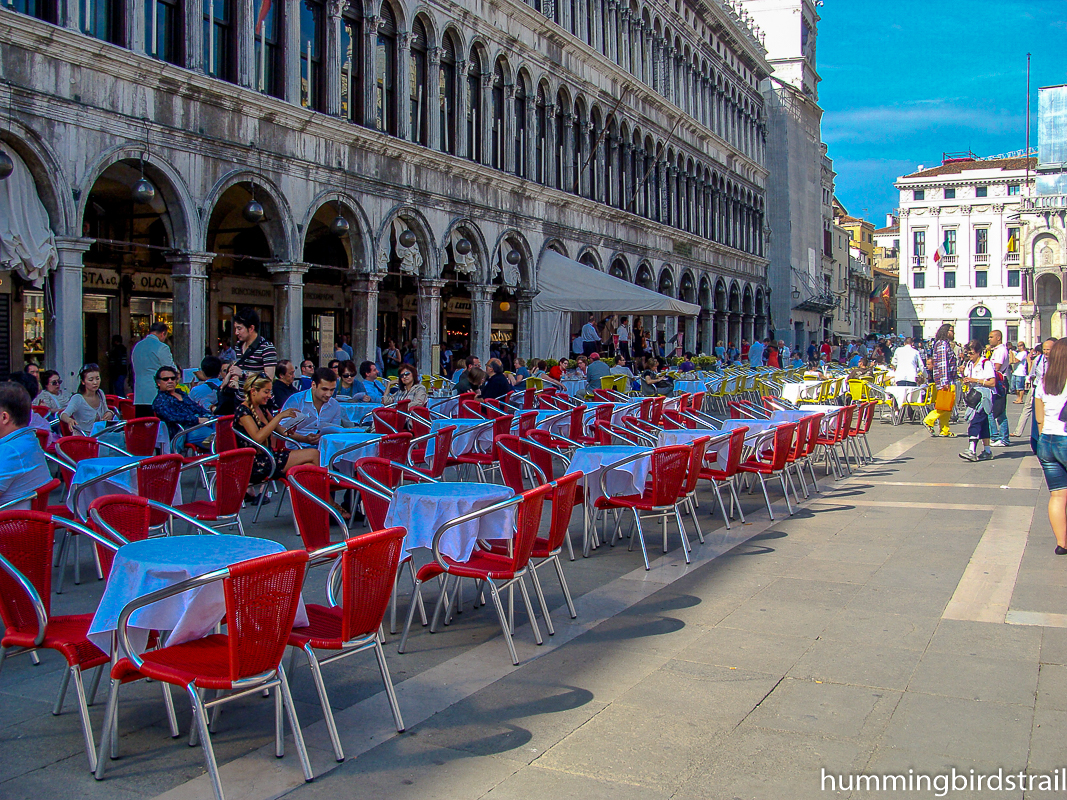
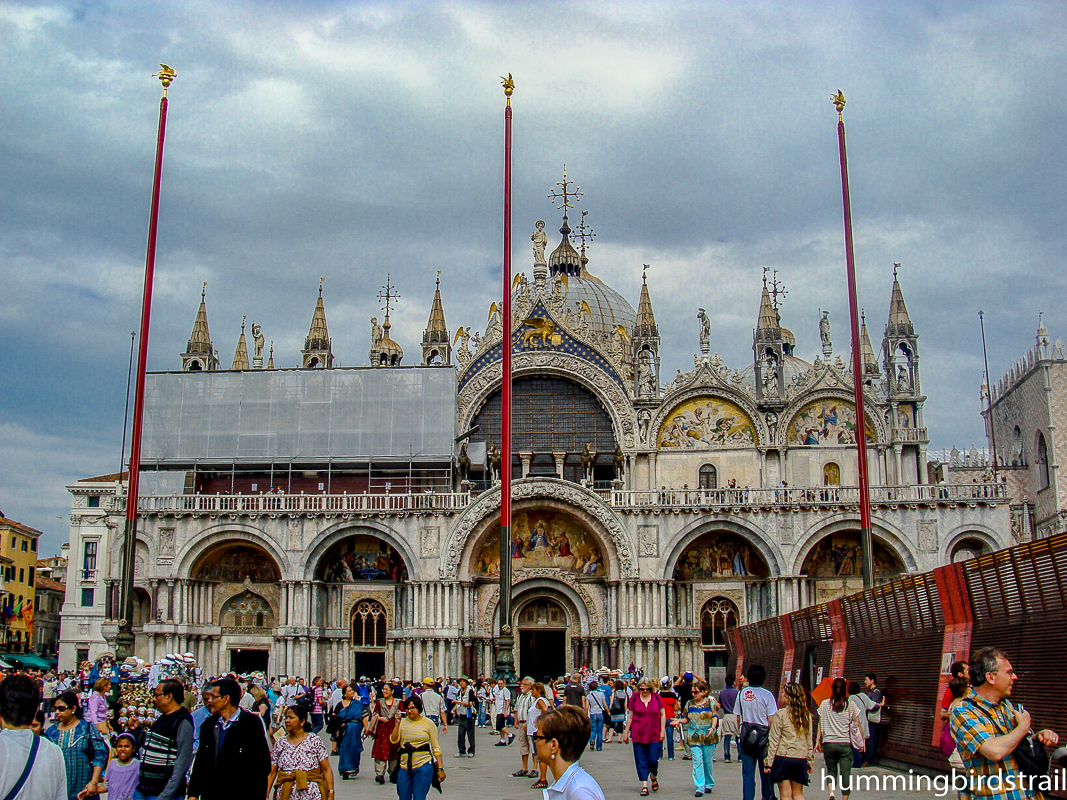
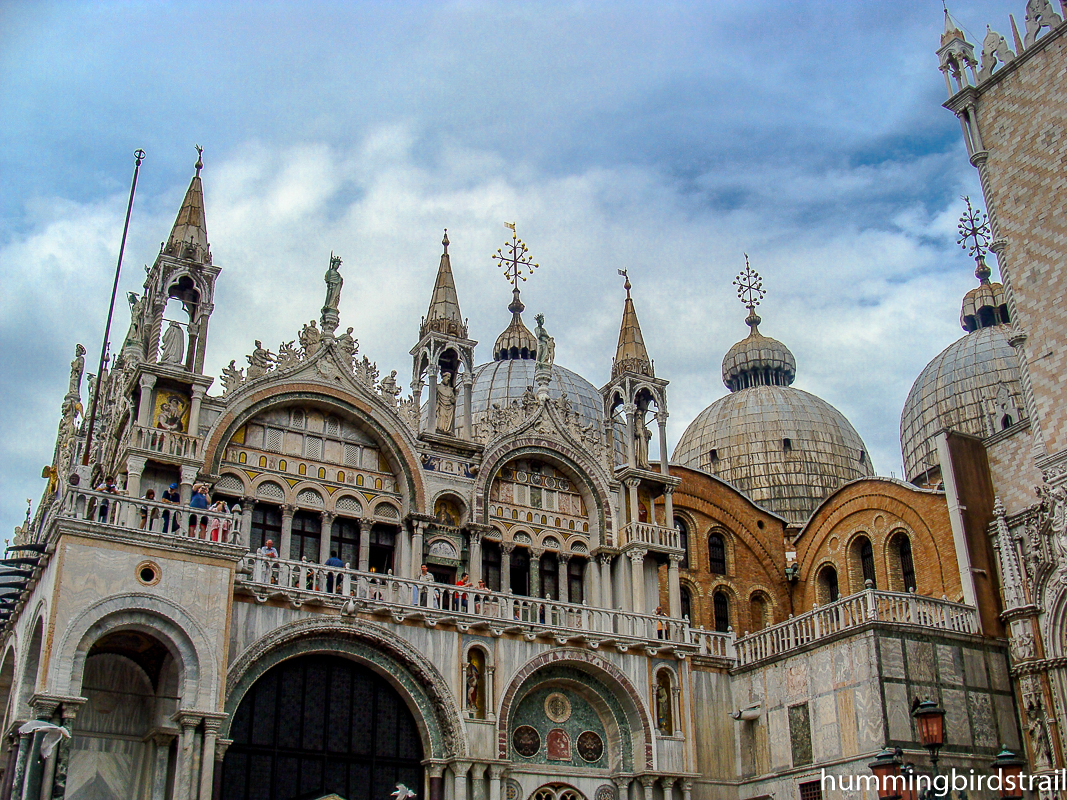
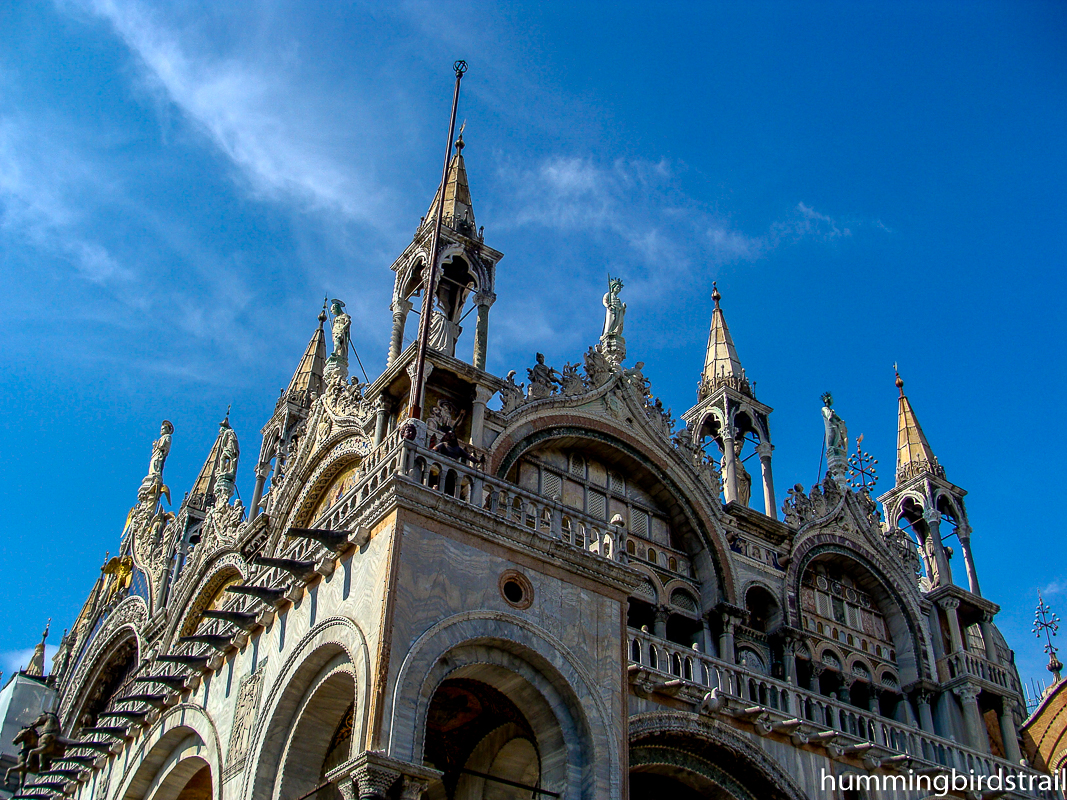
On the top of this mind-blowing architecture, stands the statue of Venice’s patron apostle, St. Mark, flanked by angels, and a winged golden lion beneath them. The sheer scale of such beauty makes one awestruck.
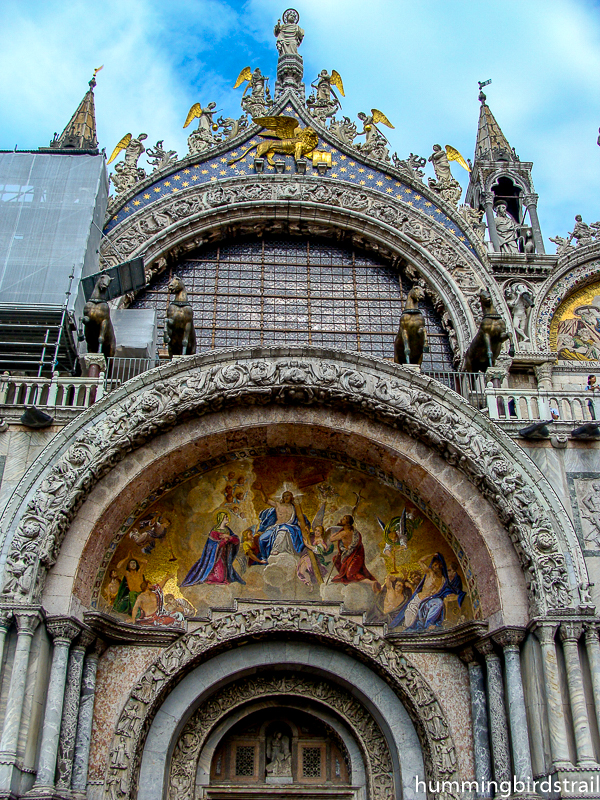
On the northern side of the Basilica, there is a clock tower with the embellished clock-face and a huge bell with bronze statues of an old man and a young man on its sides. These are known as Moors. These young and old moors represent the passing of time and they strike the Bell each hour.
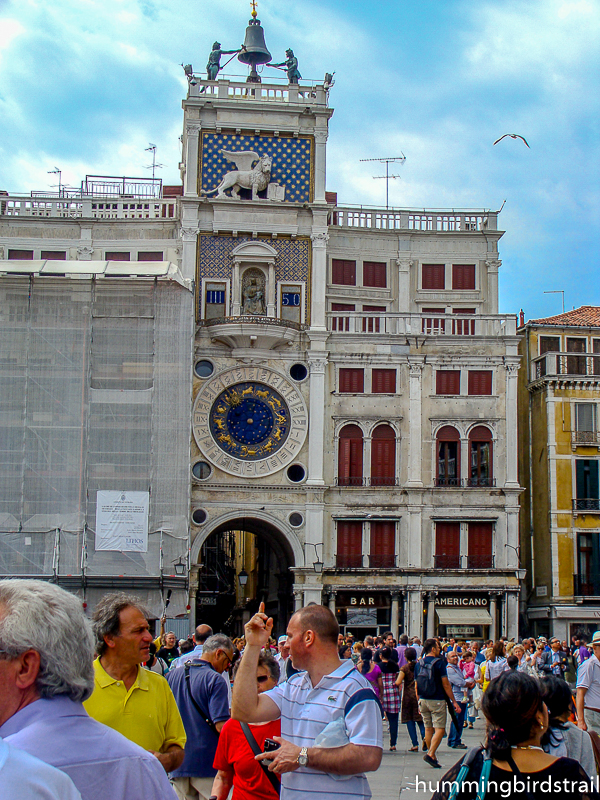
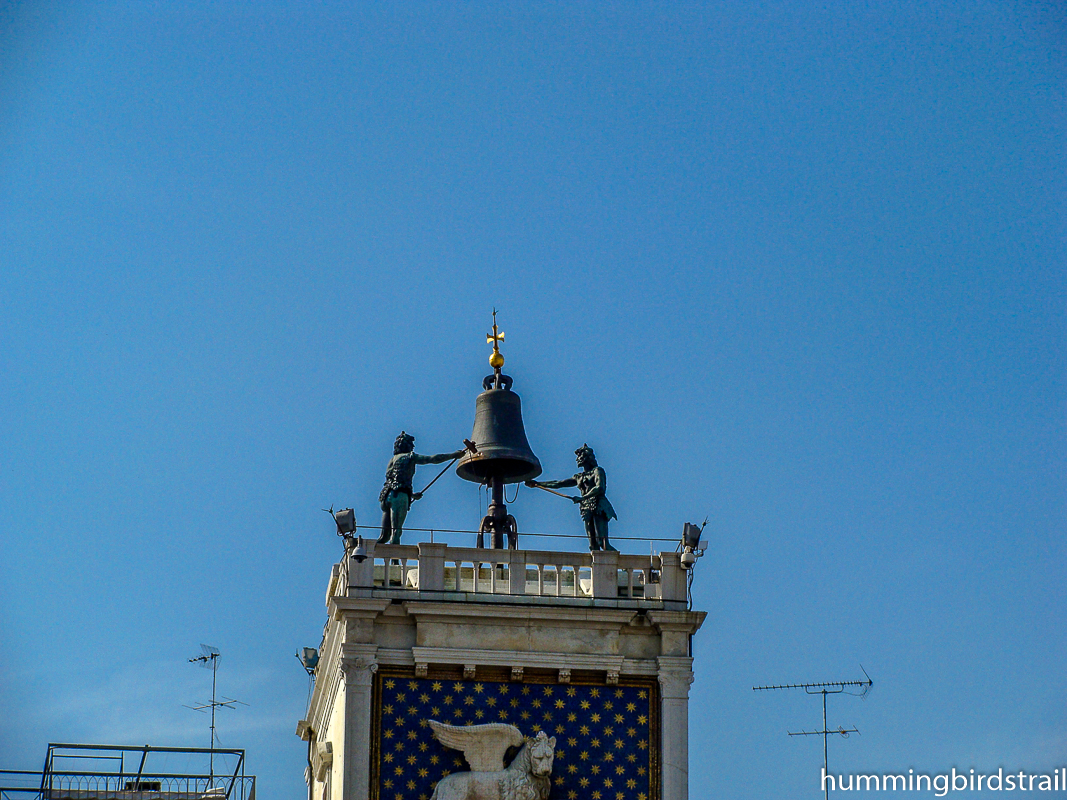
Drinking in all the beauty, we zigzagged many beautiful bridges, one of which was the very famous ‘Bridge of Sighs’, named so by Lord Byron, because of its view from a notorious medieval prison that housed inmates, who could only feel the value of liberty by gazing at it, and let out sighs, having to live and die there.
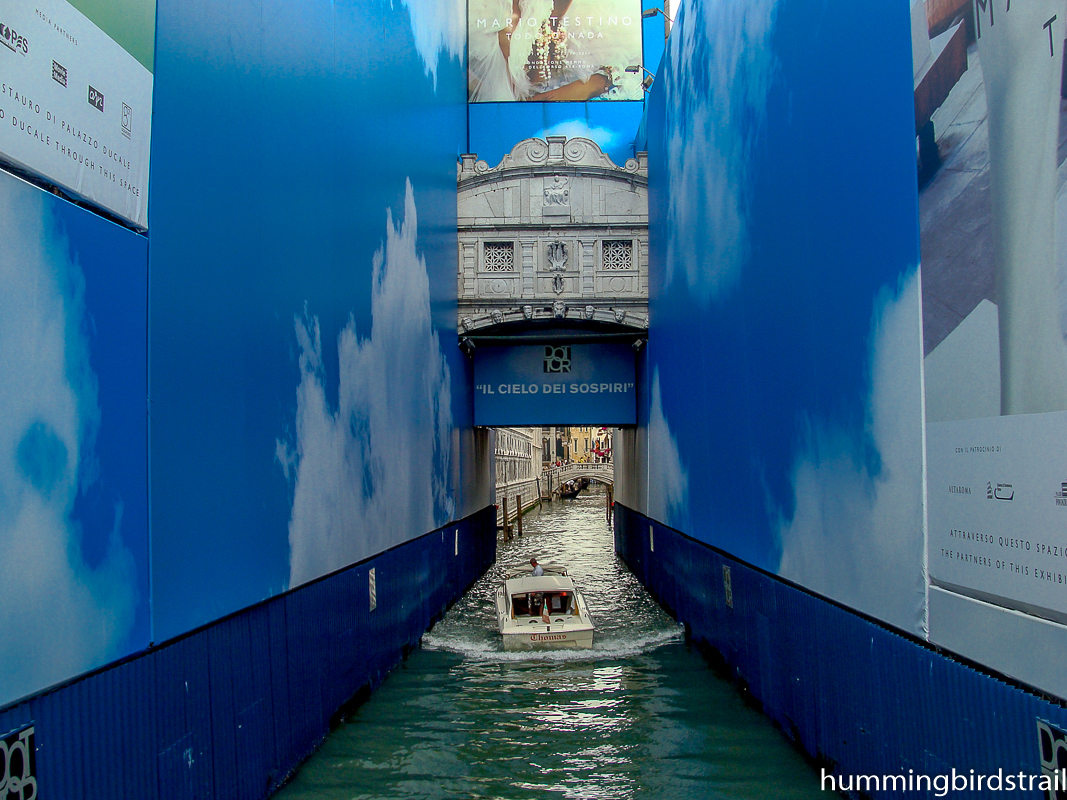
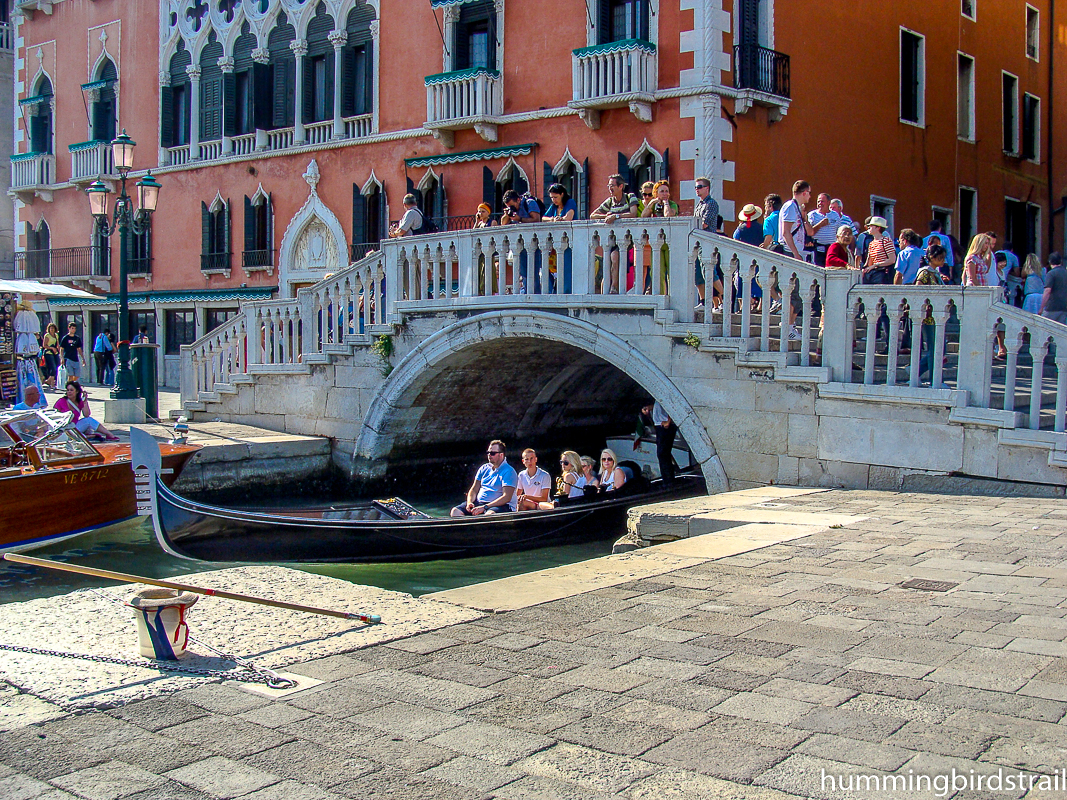
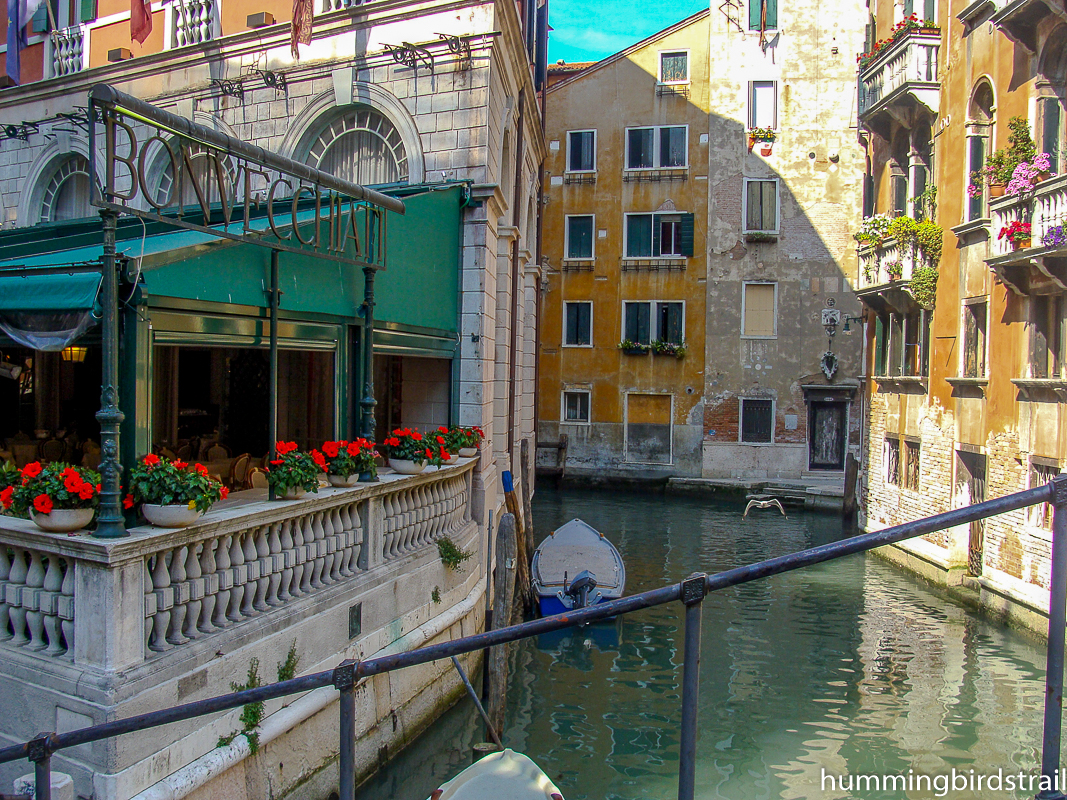
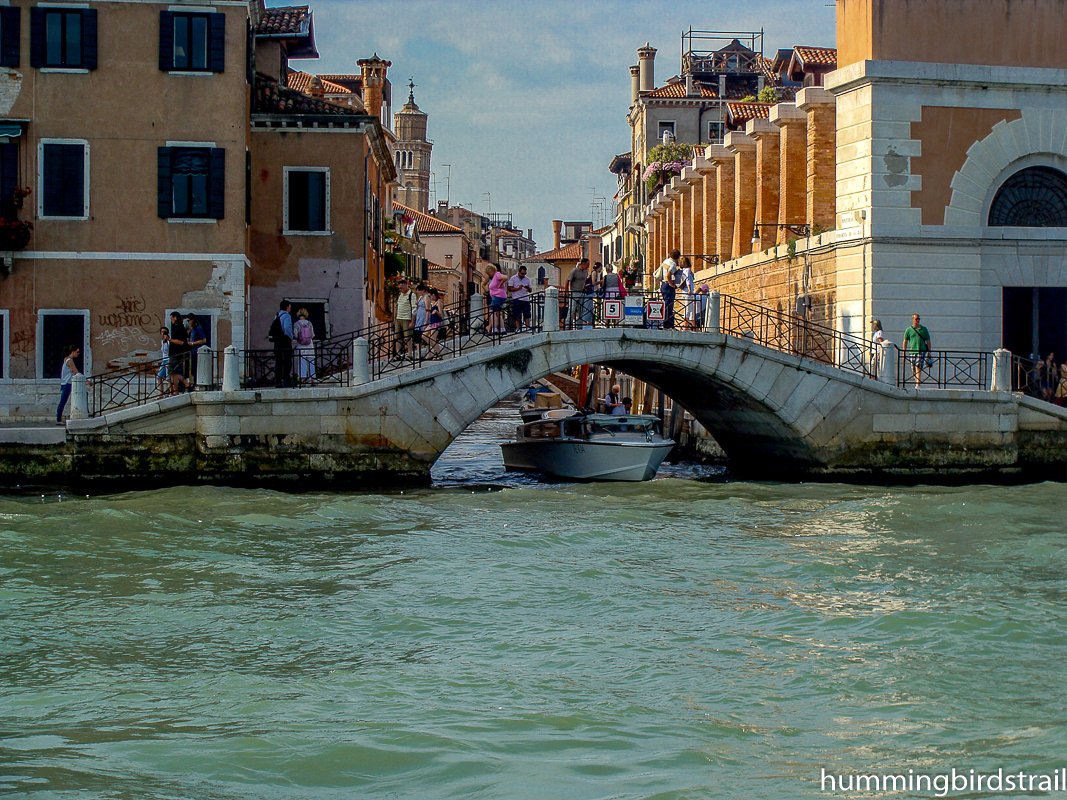
Ahead us, we had a distant view of the Grand Canal and the Rialto Bridge, though time was our enemy then, when we, like generations of unfortunate predecessors, ran against it. So, we had to call it a day and bid adieu to the Carlton(s) and Excelsior(s), eventually letting time move on to some other place and time, from this beautiful and memorable interstice that was our Venetian Soiree…..
